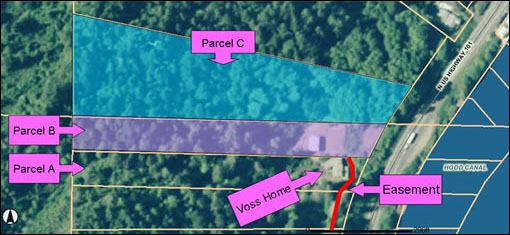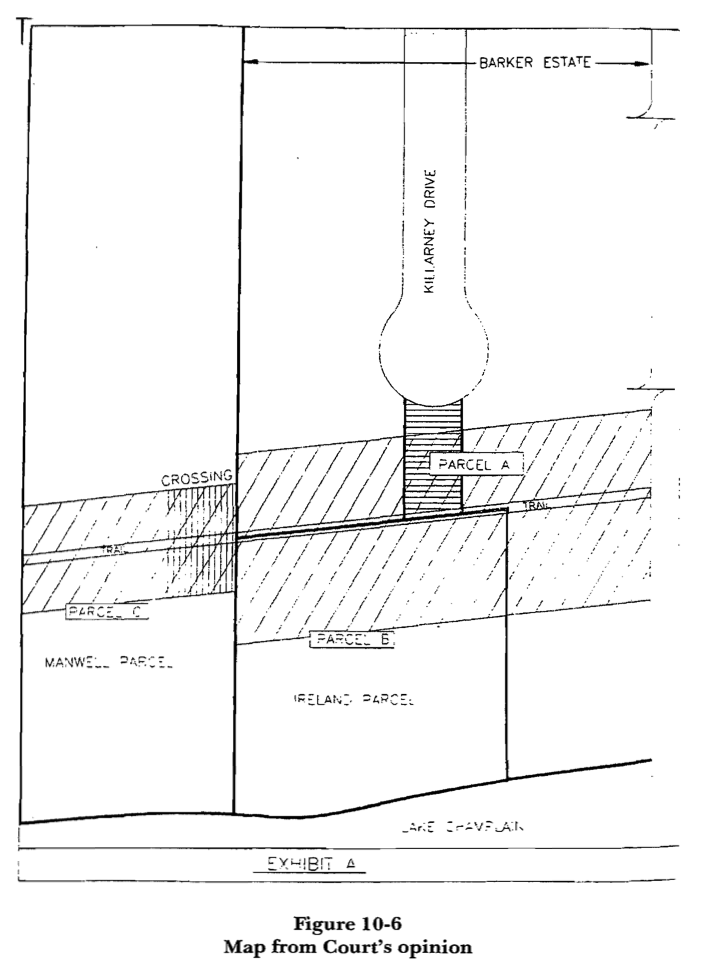From the BBC:
A tweet is potentially libellous in England and Wales if it damages someone’s reputation “in the estimation of right thinking members of society”. It can do this by exposing them to “hatred, ridicule or contempt”. It is a civil offence so you won’t be jailed but you could end up with a large damages bill. The rules also apply to re-tweets.
The best defence is if you can prove the contents of the tweet are true.
You could also claim it was “fair comment” – your honestly held opinion on established facts. Another possible defence is to claim you were covered by privilege, if it was something said in Parliament or in court, or that it was an example of “innocent dissemination” – you did not know you had published the comment (it might have been an automatic system).
The only way to be completely safe is to avoid tweeting gossip unless you know for a fact that it is true.
I am so, so grateful for the First Amendment. Tweeters being held in contempt for posting pics of an accused murderers.
Yet, there may be progress afoot across the pond:
Under the Defamation Bill, due to become law later this year, litigants in England and Wales will have to show that the words they are complaining about caused “substantial harm” rather than simply “harm” to their reputations.









